Introduction
In the vast culinary landscape of Chinese cuisine, stir-frying stands as a testament to the art of rapid cooking, where the interplay of heat, oil, and ingredients creates dishes that are both flavorful and nutritious. Among the myriad of stir-fry recipes, one that stands out for its simplicity yet profound taste is the humble yet delightful “Pork Lard Scraps with Eggs and Chinese Cabbage” (or, colloquially, Youzha Jidan Chao Baicai). This dish, though not as renowned as some of its more glamorous counterparts, embodies the essence of home-cooked meals in China—hearty, comforting, and bursting with flavors that evoke nostalgia.
In this article, we will delve into the intricacies of preparing this dish, from sourcing the right ingredients to mastering the stir-fry technique. We’ll explore the history behind the use of pork lard scraps, the nutritional benefits of Chinese cabbage, and the science behind achieving the perfect balance of flavors in this stir-fry. By the end, you’ll be equipped with the knowledge and skills to recreate this timeless classic in your own kitchen.
The Ingredients: A Symphony of Flavors
Before diving into the cooking process, let’s first understand the key ingredients that make this dish special.
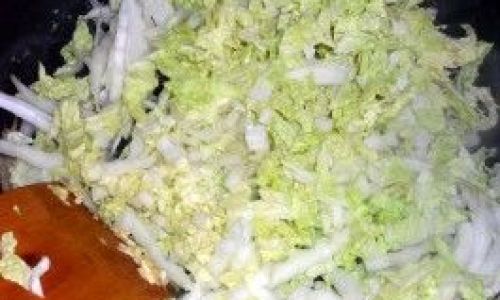
Pork Lard Scraps (Youzha):
Pork lard scraps, often overlooked in modern cuisine due to health concerns, were once a staple in Chinese kitchens. Derived from rendered pork fat, these scraps are rich in flavor and add a unique, savory depth to dishes. While they are high in fat, used sparingly, they can enhance the taste of a meal without overpowering it. In this recipe, the crispy texture of the lard scraps contrasts beautifully with the softness of the eggs and cabbage.
Eggs:
Eggs are a universal ingredient in stir-fries, providing both protein and a creamy texture. In this dish, the eggs are scrambled lightly and mixed with the other ingredients, creating a cohesive and satisfying bite.
Chinese Cabbage (Baicai):
Chinese cabbage, also known as napa cabbage or won bok, is a cruciferous vegetable known for its mild flavor, tender texture, and high water content. It’s an excellent source of vitamins and minerals, including vitamin K, vitamin A, vitamin C, and dietary fiber. In stir-fries, its ability to retain moisture and cook quickly makes it an ideal choice for maintaining the dish’s freshness and crunch.
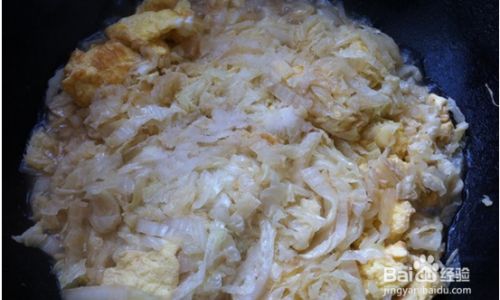
Seasonings and Aromatics:
The magic of Chinese stir-fries lies not just in the primary ingredients but also in the harmonious blend of seasonings and aromatics. Garlic, ginger, soy sauce, salt, and pepper form the backbone of this dish, each contributing its unique flavor profile. A splash of sesame oil at the end adds an aromatic finish that ties all the elements together.
The Technique: Stir-Frying with Precision
Stir-frying is a cooking method that requires precision, speed, and an understanding of your cooking equipment. Here’s a step-by-step guide to achieving perfection:
Preparation:
Begin by preparing all your ingredients. Slice the pork lard scraps into small, bite-sized pieces. Beat the eggs lightly in a bowl with a pinch of salt. Shred the Chinese cabbage into thin strips. Mince the garlic and ginger finely. Having everything ready ensures a seamless cooking process.

Heating the Wok:
A traditional Chinese wok is ideal for stir-frying due to its shape and material, which promote even heat distribution. Preheat your wok over high heat until it’s smoking hot. This high temperature is crucial for creating the seared, caramelized exterior of the ingredients.
Stir-Frying the Pork Lard Scraps:
Add a small amount of oil to the wok (you can use some of the rendered pork fat if you have it). Once the oil is hot, add the pork lard scraps and stir-fry until they are crispy and golden brown. This step should be done quickly to avoid burning the scraps. Remove them from the wok and set them aside on a plate lined with paper towels to drain any excess oil.
Scrambling the Eggs:
In the same wok, add a bit more oil if needed and pour in the beaten eggs. Stir constantly with a spatula or wooden spoon until the eggs are just set but still slightly runny. Remove the eggs from the wok and set them aside with the pork lard scraps.
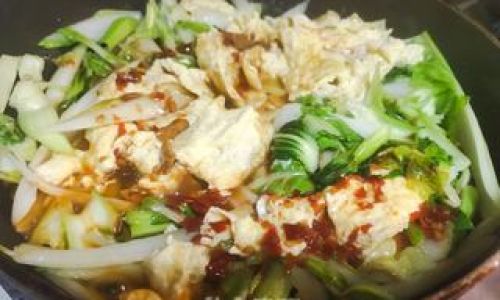
Stir-Frying the Aromatics and Cabbage:
Add a bit more oil to the wok and sauté the minced garlic and ginger until fragrant. Quickly add the shredded Chinese cabbage, stirring constantly to ensure even cooking. Season with soy sauce, salt, and pepper to taste. The cabbage should be cooked until just tender but still crisp.
Combining the Ingredients:
Return the pork lard scraps and scrambled eggs to the wok. Toss everything together gently, ensuring that the flavors meld without overcooking any of the ingredients. A quick drizzle of sesame oil at this stage adds a rich, nutty flavor.
Serving:
Transfer the stir-fry to a serving dish and garnish with chopped green onions or sesame seeds for an added touch of color and flavor. Serve immediately while hot to enjoy the best texture and taste.
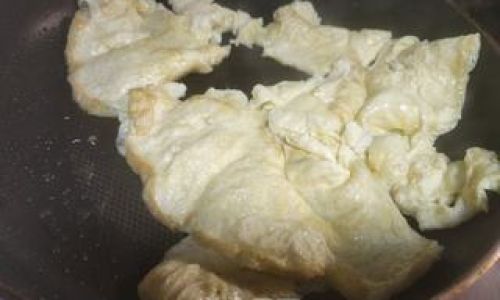
Conclusion: A Dish with Heart
“Pork Lard Scraps with Eggs and Chinese Cabbage” is more than just a recipe; it’s a window into the heart of Chinese home cooking. It embodies the philosophy of using every part of the animal respectfully, the art of balancing flavors, and the joy of sharing a simple, hearty meal with loved ones.
In today’s world, where fast food and convenience often reign, taking the time to prepare such a dish is a testament to the value we place on tradition, health, and the simple pleasures of life. By mastering this recipe, you not only gain a new culinary skill but also connect with a rich cultural heritage that spans generations.
So, the next time you find yourself in the kitchen, consider giving this humble stir-fry a try. With its blend of savory, sweet, and slightly crispy textures, it’s sure to become a staple in your repertoire, reminding you of the simple joys that often lie in the most unassuming of dishes. Happy cooking!

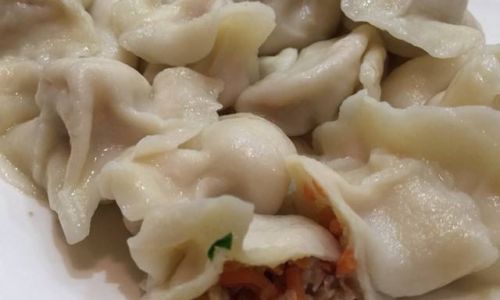
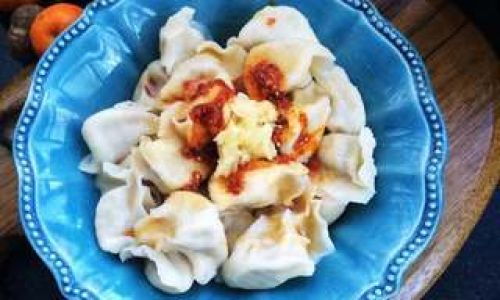

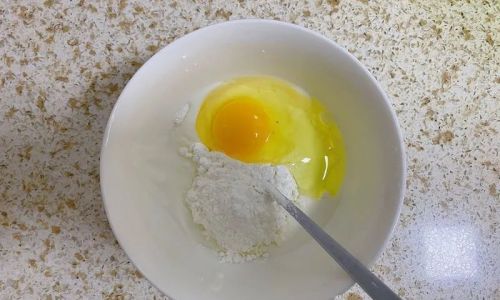

0 comments